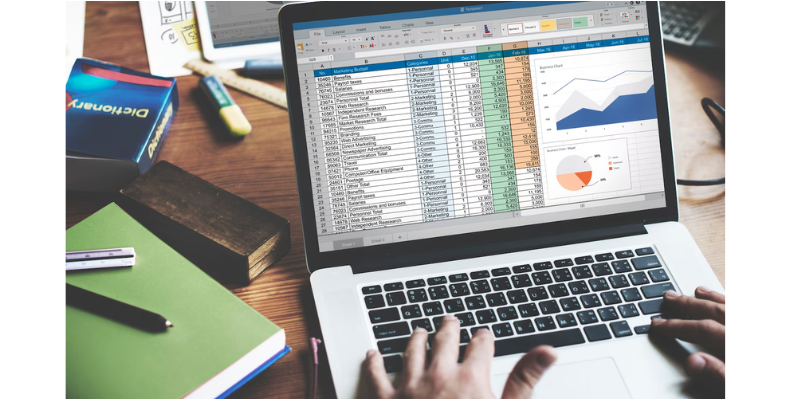Excel, a staple in business environments worldwide, offers a plethora of functionalities that extend far beyond simple spreadsheet management. For power users, mastering advanced Excel techniques can significantly enhance data analysis, decision-making, and productivity. This blog delves into some of the most powerful features and techniques that Advanced Excel users should know. Understanding this integration is crucial for mastering advanced BI techniques, whether you are an Excel expert or taking Excel Training in Chennai provided by FITA Academy.
Advanced Formulas and Functions
Array formulas allow users to perform complex calculations that standard formulas cannot handle. By using an array of data, these formulas can return multiple results or a single result based on multiple criteria.
- Example: {=SUM(IF(A1:A10>10, B1:B10, 0))} calculates the sum of values in range B1
where corresponding values in A1
are greater than 10.
Functions like VLOOKUP, HLOOKUP, INDEX, and MATCH are essential for searching and retrieving data.
- VLOOKUP: =VLOOKUP(lookup_value, table_array, col_index_num, [range_lookup])
- INDEX and MATCH: =INDEX(return_range, MATCH(lookup_value, lookup_range, 0))
These functions can be combined to create more powerful lookup formulas that handle complex data sets.
PivotTables and PivotCharts
- PivotTables are one of Excel’s most powerful features for data summarization and analysis. They allow users to quickly summarize large datasets, perform calculations, and identify trends. Select your data range, go to Insert > PivotTable, and choose where to place the PivotTable. Drag and drop fields into the Rows, Columns, Values, and Filters areas to customize your summary.
- PivotCharts complement PivotTables by providing dynamic and interactive graphical representations of data. Users can easily visualize the data summarized in a PivotTable. After creating a PivotTable, go to Insert > PivotChart, and choose your preferred chart type.
Data Analysis Tools
- Goal Seek is a built-in Excel tool used to find the input value needed to achieve a specific goal. It is useful for performing what-if analysis. Go to Data > What-If Analysis > Goal Seek. Set the cell to be adjusted, the desired value, and the cell to change.
- Solver is an advanced Excel add-in that performs optimization analysis. It can find the optimal value for a formula in one cell, subject to constraints on other cells. Enrolling in an Advanced Excel Course Online can boost your data analysis skills with comprehensive training on advanced Excel features. Go to Data > Solver. Define the objective cell, set constraints, and choose the solving method.
Macros and VBA
- Macros automate repetitive tasks in Excel. By recording a series of actions, users can execute them with a single command. Go to View > Macros > Record Macro, perform the tasks, and stop recording. Assign a shortcut key or button to run the macro.
- For more complex automation, users can write VBA (Visual Basic for Applications) code. VBA enables the creation of custom functions, automation of complex processes, and integration with other applications.
Example VBA Code:
vba
Copy code
Sub HelloWorld()
MsgBox “Hello, World!”
End Sub
Advanced Data Visualization
- Conditional formatting helps highlight important data by changing the appearance of cells based on specific conditions. Use Data Bars, Color Scales, or Icon Sets to visualize data ranges or highlight values that meet certain criteria.
- Excel dashboards combine various charts, tables, and visual elements to provide an interactive overview of key metrics. Design your layout, use PivotTables and PivotCharts, apply slicers for interactivity, and use dynamic charts and data validation to create an engaging dashboard. A Training Institute in Chennai can offer courses to teach professionals how to use Excel and Power BI effectively. This meets the growing demand for data analytics and business intelligence skills.
Mastering advanced Excel techniques transforms it from a simple spreadsheet tool into a powerful platform for data analysis and business intelligence. By leveraging advanced formulas, PivotTables, data analysis tools, macros, VBA, and sophisticated data visualization techniques, users can significantly enhance their productivity and analytical capabilities. Whether you’re analyzing complex datasets or creating interactive dashboards, these advanced Excel skills will help you unlock the full potential of your data.
